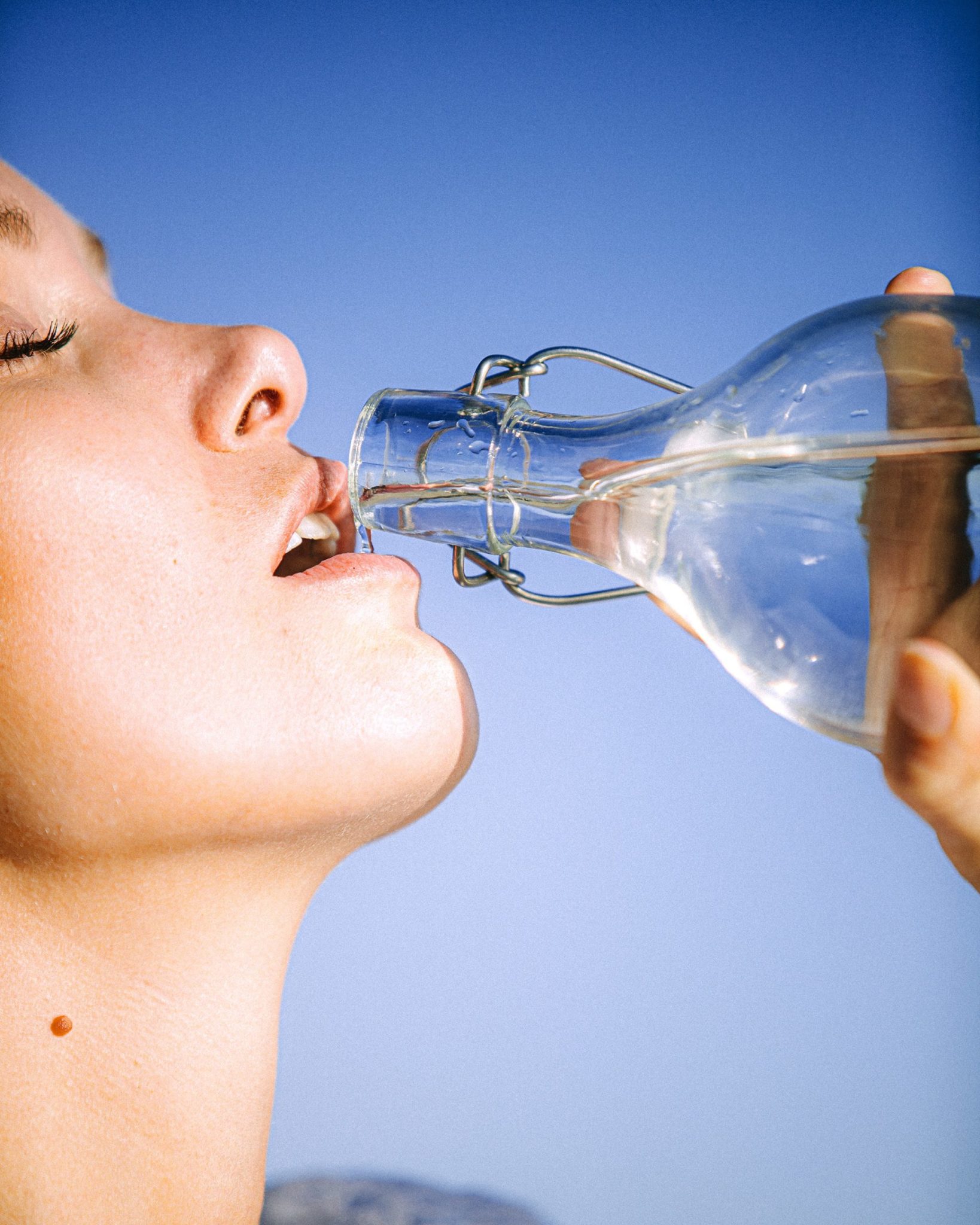There are several types of water purifiers available in the market, each designed to address different types of contaminants and ensure safe drinking water. Here’s a detailed breakdown of the most common types:
1. Reverse Osmosis (RO) Purifiers
– How It Works: Uses a semi-permeable membrane to remove impurities from water. Water is forced through this membrane, leaving contaminants behind.
– What It Removes: Dissolved salts, heavy metals, bacteria, and other impurities.
– Ideal For: Areas with high levels of total dissolved solids (TDS) and chemical contaminants.
2. Ultraviolet (UV) Purifiers
– How It Works: Utilizes UV light to disinfect water by killing bacteria, viruses, and other microorganisms.
– What It Removes: Pathogens; does not filter physical impurities or chemicals.
– Ideal For: Water safety where biological contamination is a concern, often used in conjunction with other systems.
3. Activated Carbon Filters
– How It Works: Employs activated carbon to absorb impurities and chemicals from water.
– What It Removes: Chlorine, VOCs, bad odors, and tastes; ineffective against heavy metals and microorganisms.
– Ideal For: Improving the taste and odor of water, commonly found in pitcher filters and faucet attachment.
4. Gravity-Based Purifiers
– How It Works: Water flows through a series of filters—usually including activated carbon and ceramic filters—utilizing gravitational force.
– What It Removes: Sediment, bacteria, and some chemicals; effectiveness varies by design.
– Ideal For: Areas with no access to electricity; portable and low maintenance.
5. Distillation Purifiers
– How It Works: Boils water to create steam, which is then cooled to produce distilled water, leaving contaminants behind.
– What It Removes: Heavy metals, minerals, and pathogens.
– Ideal For: Situations where pure water is necessary, though it can be slow and energy-intensive.
6. RO + UV + UF (Ultrafiltration) Purifiers
– How It Works: Combines several purification methods (RO, UV, and UF) for comprehensive filtering.
– What It Removes: Dissolved solids, bacteria, viruses, and larger particles.
– Ideal For: Ensuring high-quality drinking water by addressing a wide variety of contaminants.
7. Ion Exchange Filters
– How It Works: Replaces undesirable ions (like calcium and magnesium) with other ions (like sodium) to soften water.
– What It Removes: Hardness (calcium and magnesium) and some metal ions.
– **Ideal For**: Reducing water hardness; often used in conjunction with other systems.
8. Inline Water Filters
– How It Works: Installed in pipes to filter water as it flows, typically using activated carbon or multi-stage filtration.
– What It Removes: Contaminants and impurities, depending on the filter type.
– Ideal For: Under-sink filtration or refrigerators, providing direct access to filtered water.
9. Water Ionizers
– How It Works: Uses electrolysis to separate water into alkaline and acidic components.
– What It Removes: Contaminants vary; marketed for health benefits rather than traditional purification.
– Ideal For: People seeking alkaline water for health purposes.
Choosing the right type of water purifier depends on the specific water quality needs, the types of contaminants present in the local water supply, and individual preferences. Understanding these options can help consumers make informed decisions for their health and safety.



One reply on “Types of water purifiers”
Lorem ipsum dolor sit amet, consectetur adipiscing elit, sed do eiusmod tempor incididunt ut labore et dolore magna aliqua. Ut enim ad minim veniam, quis nostrud exercitation ullamco laboris nisi ut aliquip ex ea commodo consequat. Duis aute irure dolor in reprehenderit in voluptate velit esse cillum dolore eu fugiat nulla pariatur. Excepteur sint occaecat cupidatat non proident, sunt in culpa qui officia deserunt mollit anim id est laborum.